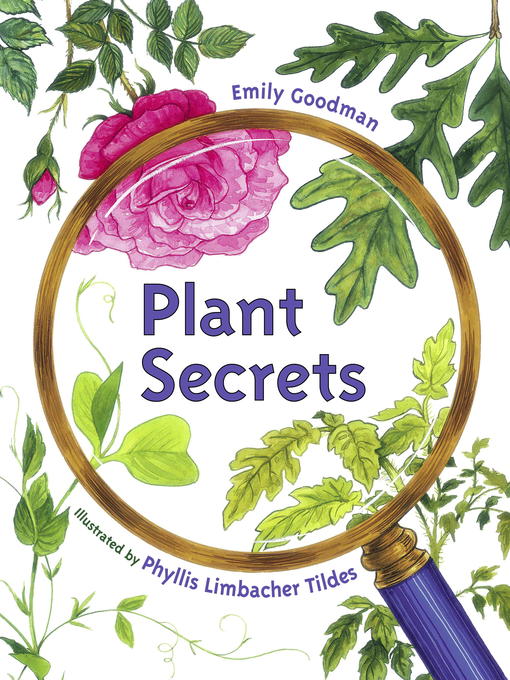Plants come in all shapes and size, but they go through the same stages as they grow. Learn the secrets of plant life cycles, using four common plants—the rose, pea, tomato, and oak tree.
- No wait, no problems
- What's new?
- Popular titles
- Check these out!
- Readalongs
- See all ebooks collections



